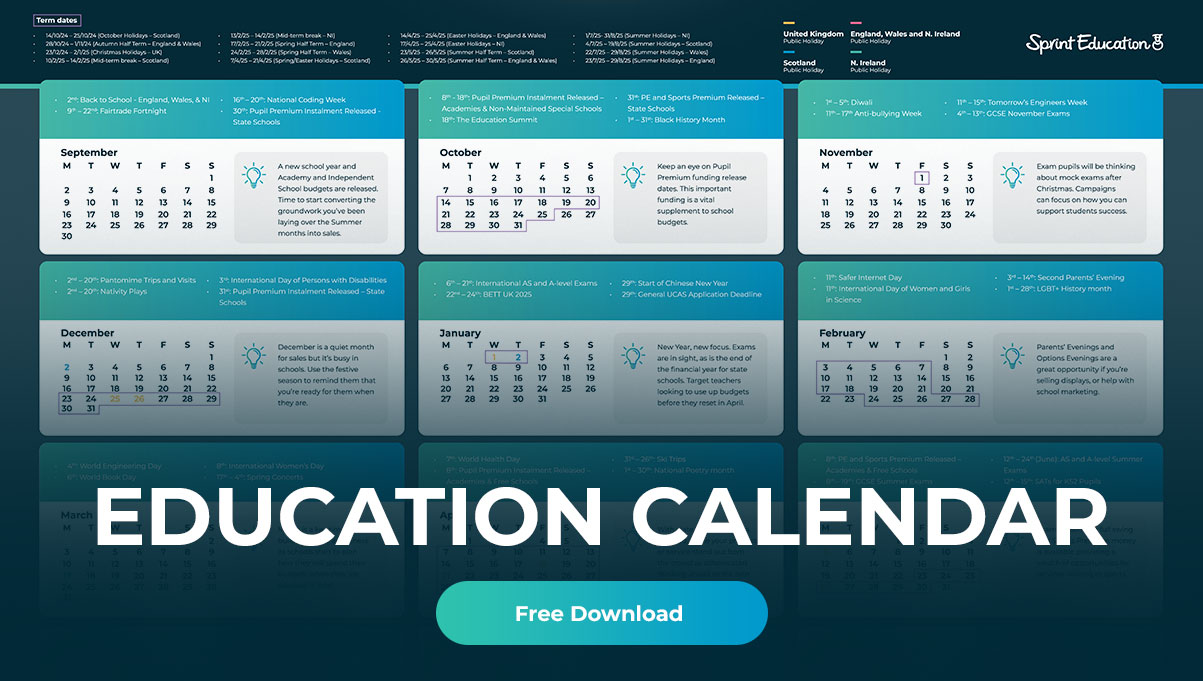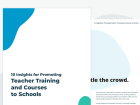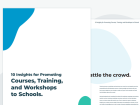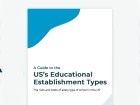The Results are in – When Schools Make Purchasing Decisions
The Results are in – When Schools Make Purchasing Decisions
Vital insights from over 3,210 teachers and school staff.
Vital insights from over 3,210 teachers and school staff.
When it comes to getting the highest return in investment out of your marketing-to-schools spend, it helps to know when schools make their purchasing decisions.
At the end of 2021, we conducted our most in-depth education survey ever, capturing insights from over 3,210 teachers and school staff to ask some key questions about school spending decisions.
We wanted to find out when schools generally made their big purchasing decisions to give you the power to shape your strategies for the year ahead.
We asked the question, When are the “bigger” purchasing decisions generally agreed upon within your establishment?
The Results:
The Summer Term – 53%
The summer term incorporates April (14%), May (10%), June (15%), and July (14%), and received the highest average responses.
Maintained schools run their budgets in line with the financial year, April to March. So, at this point in the year, schools have access to their new budget. They’ve also had the chance to settle firmly into the year, and review their spending habits from the previous financial year. They will also be planning ahead for the next academic year. From April until the summer holidays is, therefore, a key purchasing period for schools.
In terms of your marketing approach, it’s important to remember where the Easter holidays fall each year to make sure you’re emailing schools at the best possible time.
We were surprised to see July still had such a high response, at 14%. These results challenge the idea that schools will be winding down ahead of the summer holidays in July, and more likely to put big purchasing decisions off until September. Looking at these results, it’s worthwhile continuing with marketing activity right up until the summer holidays.
Although it doesn’t fall within the summer term, it’s worth noting that August came out joint lowest with December, with just 3% of the responses.
We’d therefore recommend generally avoiding the summer holidays. Staff will be having some much-needed downtime. While they may be in school for the odd day here and there to supervise ongoing projects, they aren’t likely to be holding full-scale meetings to discuss your offer. Do them a favour and keep their inbox clear, and you’ll be much more favourable when you do email them.
The Autumn Term – 31%
The autumn term incorporates September (17%), October (7%), November (4%), and December (3%).
September is a month that includes lots of purchasing activity among schools, with 17% of schools making their large purchasing decisions right at the start of the new school year.
September has always been a busy period for marketing activity, so pull out all the stops in those first few weeks of September with an impactful, eye-popping email. Make sure you know the strategies to help your email land in their inbox at the right time, stand out amongst their other emails, and stay at the front of teachers’ minds long after they’ve read your email.
Academies, in contrast to maintained schools, also run their budgets in line with the school year, from September to August rather than in line with the financial year. This may play a part in the survey response for September.
However, there is a dramatic drop off in October (7%), according to our survey responses. Whilst being four months long, the autumn term often feels like a short term as schools begin to gear up for Christmas by the end of November.
While it might be tempting to drop all activity ahead of December, we’d always recommend a balanced approach. It’s worth keeping a presence in teachers’ inboxes consistently. This period of the year is a good chance to share some useful content with your audience rather than push a sales-orientated message dominated by discounts and offers.
The Spring Term – 23%
The spring term incorporates January (6%), February (6%), and March (11%).
The spring term received the lowest overall responses, with just 6% of survey respondents saying they make big spending decisions during both January and February. However, there are three, not four, months included in this term.
After the Christmas break, schools likely need some time to settle back in before making any big purchasing decisions. Throughout February and March, schools will also likely be forecasting next year’s budget, while reviewing their current budget to identify any areas for improvement or any underspend.
At the end of the financial year, local authorities can claw back unspent funds. Schools will, therefore, be keen to use up any surplus budget before the end of the financial year to avoid losing it. This is reflected in the results, with March receiving a much higher response of 11%.
It’s worth noting that a further 41% responded ‘I don’t know’ to our question about spending decisions. The question was part of a wider survey, but to understand why such a high proportion of respondents are unaware of spending decisions, we need to consider who the survey respondents were.
Teachers made up 32.7% of our total number of respondents, offering us a unique insight into the thoughts and opinions of school staff at the forefront of day to day school activity and pupil engagement.
There was also a large response rate from Heads of Departments, Years, Key Stages (32.3%) and Senior Leaders (19%). These roles are the key decision-makers regarding budget spending at their schools and are in a position to be able to give a more rounded overview of how their school has fared over the last year.
It’s therefore likely that the 41% who didn’t know when bigger purchasing decisions were made were largely made up of class teachers. While they may not play as big a role in purchasing decisions, class teachers are often the member of staff who will get the greatest benefit from your product and solution. If you win over the class teachers first, they can be your greatest ally in then winning over the decision-makers.
What next?
If you need help kick-starting your summer term strategy, get in touch.
We can manage every aspect of your next email campaign with our managed strategies plan, share our secrets about combining email and social media to great effect, and let you know all about how we’ve revolutionised edu-marketing with Campus – our complete selling-to-schools solution.
Get in touch at info@sprint-education.co.uk or 01684 297373.
Tags
Education Budget
Marketing Strategy
Similar Articles
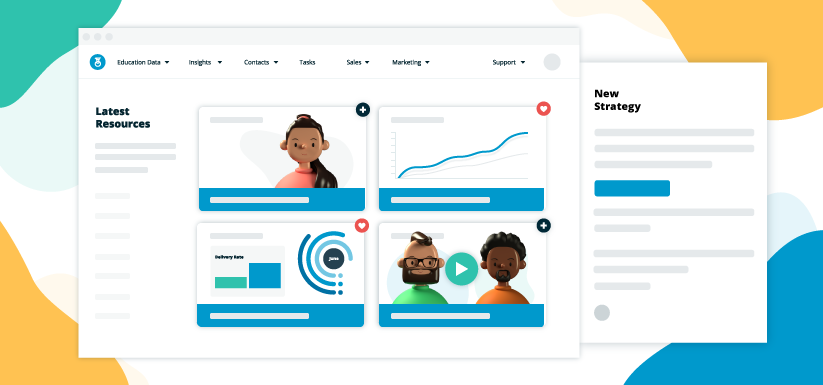

Say Hello to Edu-Marketing Confidence
Campus Resources is your pathway to becoming an expert in education marketing and selling to schools.


Golden Education Marketing Opportunities: Expert Tips for 2024
Video Hotspots: Insights on how to heat your marketing-to-schools campaign up this January and February.


Expert marketing to schools support and solutions
Expert marketing to schools solutions
Email Head Teachers, Teachers, and Staff Inboxes
Email teachers and staff inboxes
Sell More to UK and Global Schools and Colleges
Sell more to schools and colleges

















